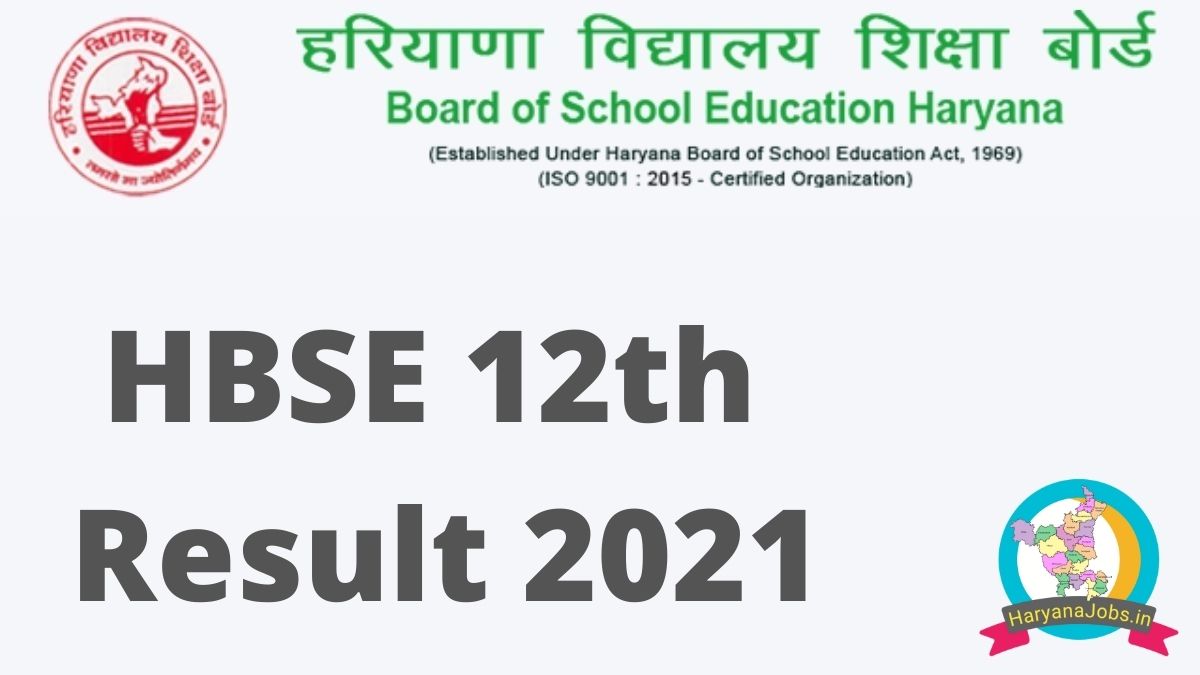India’s first solar mission, which was delayed from early 2020 due to the Covid-19 pandemic, is expected to launch in the third quarter of 2022, at the same time as the country’s second space observatory Xposat, which will aid astronomers in studying cosmic sources such as pulsars and supernovae, according to senior officials from the Indian Space Research Organisation (ISRO).
At a conference this week, Dr Unnikrishnan Nair, director of the human spaceflight centre, stated, “The solar mission Aditya L1 will be launched in the third quarter of next year (2022) and will reveal deeper insights into the beginning of the cosmos and many other unknowns.
The Aditya L1 spacecraft will be launched 1.5 million kilometres from Earth to L1 Lagrangian, a position between the Earth and the Sun where the gravitational pull of both bodies on the satellite equals the centripetal force required to keep the satellite in orbit. It’s like a parking lot in space, and it’s ideal for seeing a variety of phenomena without interference from eclipses.
About the spacecraft:-

The Aditya-1 mission was specifically developed as a 400kg class satellite carrying a single payload, the Visible Emission Line Coronagraph (VELC), and was scheduled to launch into an 800 km low earth orbit. A satellite in a halo orbit around the Sun-Earth system’s Lagrangian point 1 (L1) has the significant advantage of continuously observing the Sun with no occultation/ eclipses. As a result, the Aditya-1 mission has been renamed “Aditya-L1 mission” and will be placed in a halo orbit 1.5 million kilometres from Earth. Six extra payloads with expanded scientific scope and aims are carried by the satellite.
The project is approved and the satellite will be launched by PSLV-XL from Sriharikota between 2019 and 2020.
Aditya-1 was designed to only observe the solar corona. The corona refers to the Sun’s outer layers, which extend hundreds of kilometres above the disc (photosphere). It has a temperature of more than a million degrees Kelvin, which is far higher than the temperature of the solar disc, which is roughly 6000 degrees, Kelvin. How the corona reaches to such high temperatures is still a mystery in solar physics.
launch mass-1,500 kg
Cost-5.5 crores USD (2018)
The main aim of Aditya l1:-
To investigate the corona and mask the bright solar disc, one must move beyond the atmosphere. The Aditya-1 mission’s primary scientific goals are to gain a fundamental knowledge of the physical processes that heat the solar corona
The Polar Satellite Launch Vehicle (PSLV) XL was used to launch it.
Unlike past ISRO-led missions, Mission Aditya L1 has minimal moving parts that could cause a collision in space.
The following are the payloads that were used for the mission:
1. Coronagraph of Visible Emission Lines (VELC)
2. Ultraviolet Imaging Telescope for the Sun (SUIT)
3. Aditya’s Experiment with Solar Wind Particles (ASPEX)
4. Aditya Solar Plasma Analyzer Package X-ray Spectrometer with Low Energy (SoLEXS)
5. Magnetometer High Energy L1 Orbiting X-ray Spectrometer (HEL1OS)
The primary goal of the Aditya L1 Mission is to aid in the tracking and prediction of Earth-directed storms using solar measurements.
also read:- https://tindu.in/lucy-the-first-mission-to-the-trojan-asteroids/
Earth receives first signal from planet outside solar system


















